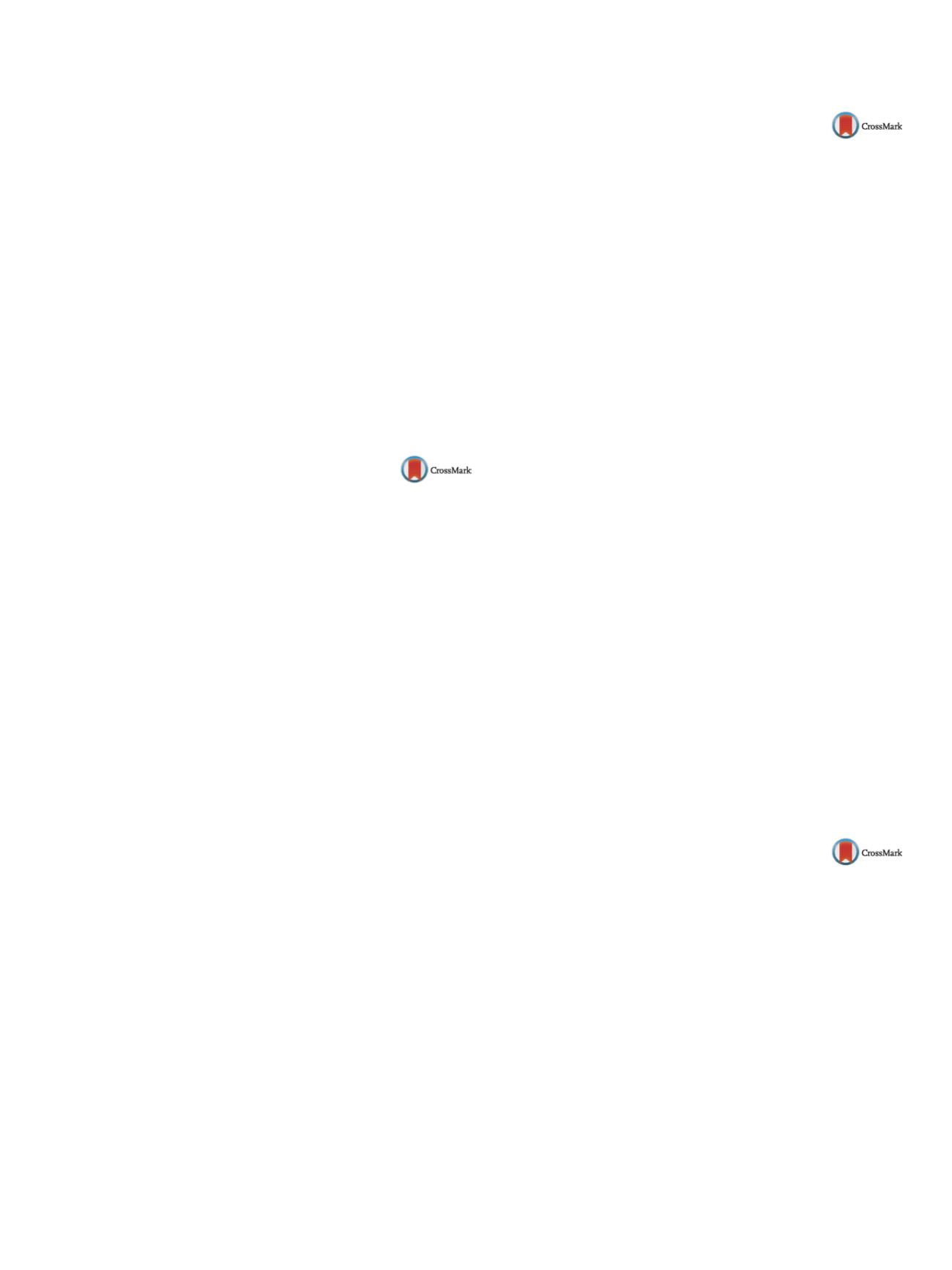

25th European Congress of Psychiatry / European Psychiatry 41S (2017) S405–S464
S441
Aims
Are sleeping problems as measured by the use of hypnotics
in toddlers a risk factor for ADHD?
Methods
Prescription database information data was collected
for 47,413 children participating in the Norwegian Mother and
Child Cohort, where mothers report on toddler drug use. These two
datasets were used as predictors of diagnoses of ADHD as seen in
the Norwegian Patients Registry in a 7-year follow up period.
Results
Agreement between mother-reported drug use and hyp-
notics use as measuredwas less than 50% for all hypnotics (min 19%
and max 48%). The two datasets will be further used to investigate
the relationship between toddler drug use and a later childhood
diagnosis of ADHD.
Conclusions
Considering the low to moderate agreement
between mother-reported survey data and data from prescription
databases it is of value to use both data sources in a study looking
at the predictive value of sleeping problems and hypnotics use in
toddlers on later development of ADHD.
Disclosure of interest
The authors have not supplied their decla-
ration of competing interest.
http://dx.doi.org/10.1016/j.eurpsy.2017.01.444EV0116
Sluggish cognitive tempo symptoms
and psychosocial well-being in
adolescents – an epidemiological
study in the Northern Finland Birth
Cohort 1986
T. Hurtig
∗
, J. Veijola
University of Oulu, Department of Psychiatry, Oulu, Finland
∗
Corresponding author.
Introduction
The investigation of sluggish cognitive tempo (SCT)
concept has renewed interest in recent years. Apart from pre-
vious studies linking SCT items to ADHD, current research now
shows further evidence for the relationship between SCT items and
impairment in several domains. Despite it is not a clinical entity,
SCT items are often seen in clinical child and adolescent psychiatric
populations and, thus, further investigation of these symptoms is
clearly needed both in clinical and in community samples.
Objectives
Our aim was to investigate the relations between
SCT items and psychiatric symptoms, as well as psychosocial and
academic functioning in a large general population sample of ado-
lescents.
Methods
Fifteen-year old adolescents from the Northern Finland
Birth Cohort 1986 (
n
= 9432) completed a postal questionnaire on
their health and well-being with a participation rate of 80%. The
questionnaire included the Youth Self Report (YSR) which has the
following SCT items: I feel confused or in a fog, I daydreama lot, and,
I don’t have much energy, as well as items constructing the sub-
scales depressed/anxious, withdrawn, somatic complains, social
problems, thought problems, attention problems, rule-breaking
behavior, and aggressive behavior.
Preliminary results
Around 8% of adolescents rated themselves
above the 90% cut-off in the sum score of SCT items. They also
reported more symptoms in all YSR subscales, lower grade marks
in academic field, less friends, and lower life satisfaction than ado-
lescents scoring below the 90% cut-off.
Conclusion
SCT may relate to various psychiatric problems and
reduced psychosocial well-being.
Disclosure of interest
The authors have not supplied their decla-
ration of competing interest.
http://dx.doi.org/10.1016/j.eurpsy.2017.01.445EV0117
Atypical onset of a manic episode in
adolescence – case report
A. Isac
1 ,∗
, P. Bianca
21
Children’s Emergency Hospital, Child and Adolescent Psychiatry,
Cluj-Napoca, Romania
2
“Iuliu Hatieganu” University of Medicine and Pharmacy
Cluj-Napoca, Neuroscience Department, Psychiatry and Child and
Adolescent Psychiatry Compartment, Cluj-Napoca, Romania
∗
Corresponding author.
Introduction
The clinical practice and available literature attest
the presence of affective symptoms in psychosis and affective dis-
orders with psychotic elements, allowing their conceptualization
as entities of the same nosologic spectrum.
Objective
The description of a clinical picture that is part of the
aforementioned pathology, installed under a treatment that has
indication in the spectrum, which leads to supporting different
pathophysiological mechanisms of those pathologies.
Aim
Presentation of an atypical onset of a manic episode in ado-
lescence.
Method
At the age of 14, amale adolescent had an acute psychotic
episode, in complete remission after three months of treatment
with risperidone. The antipsychotic treatment continued for seven
months, when the adolescent had a decompensation consisting in
a manic episode.
Results
Considering the mode of onset of the manic episode, we
have assumed a lack of compliance with the antipsychotic medi-
cation. The mother denies this possibility. We have continued the
treatment with risperidone, which had no effect over the manic
clinical picture, and we added valproic acid, failing to alleviate the
symptoms. The clinical picture improved, with complete remis-
sion, under treatment with aripiprazole and valproic acid. After a
month in which he refused to take the medication, the patient had
another decompensation in the form of a manic episode with psy-
chotic symptoms. This time we have decided to start long-acting
injectable antipsychotic medication.
Conclusion
Through this case study, the authors wish to bring
into notice the surprises that the clinical practice still offers and the
necessity to research the underlining pathophysiological aspects of
the disorder.
Disclosure of interest
The authors have not supplied their decla-
ration of competing interest.
http://dx.doi.org/10.1016/j.eurpsy.2017.01.446EV0118
Determining the relation between the
internet addiction in Turkish
secondary school students and the
perceived family support
I. Is¸ ık
1 ,∗
, G. Ergün
21
Yeditepe University, Health Sciences Faculty, Nursing Department,
Istanbul, Turkey
2
Mehmet Akif Ersoy University, Health Vocational High School,
Emergency and Disaster Management Department, Burdur, Turkey
∗
Corresponding author.
Objectives
The purpose of this study is to determine the relation
between the internet addiction levels of secondary school students
and the perceived family support.
Methods
The study was conducted in the cross-sectional and
descriptive design, and the data were collected from 3391 students
who were studying at 5th and 7th grades at 23 secondary schools in
the city of Burdur and its central villages. The Personal Information
Form, the Internet Addiction Scale, and the Social Support Received
from the Family Scale were used to collect the data. The data were
collected between the dates 15.11.2013 and 15.01.2014. After the
necessary explanations were made to the students, the informed


















